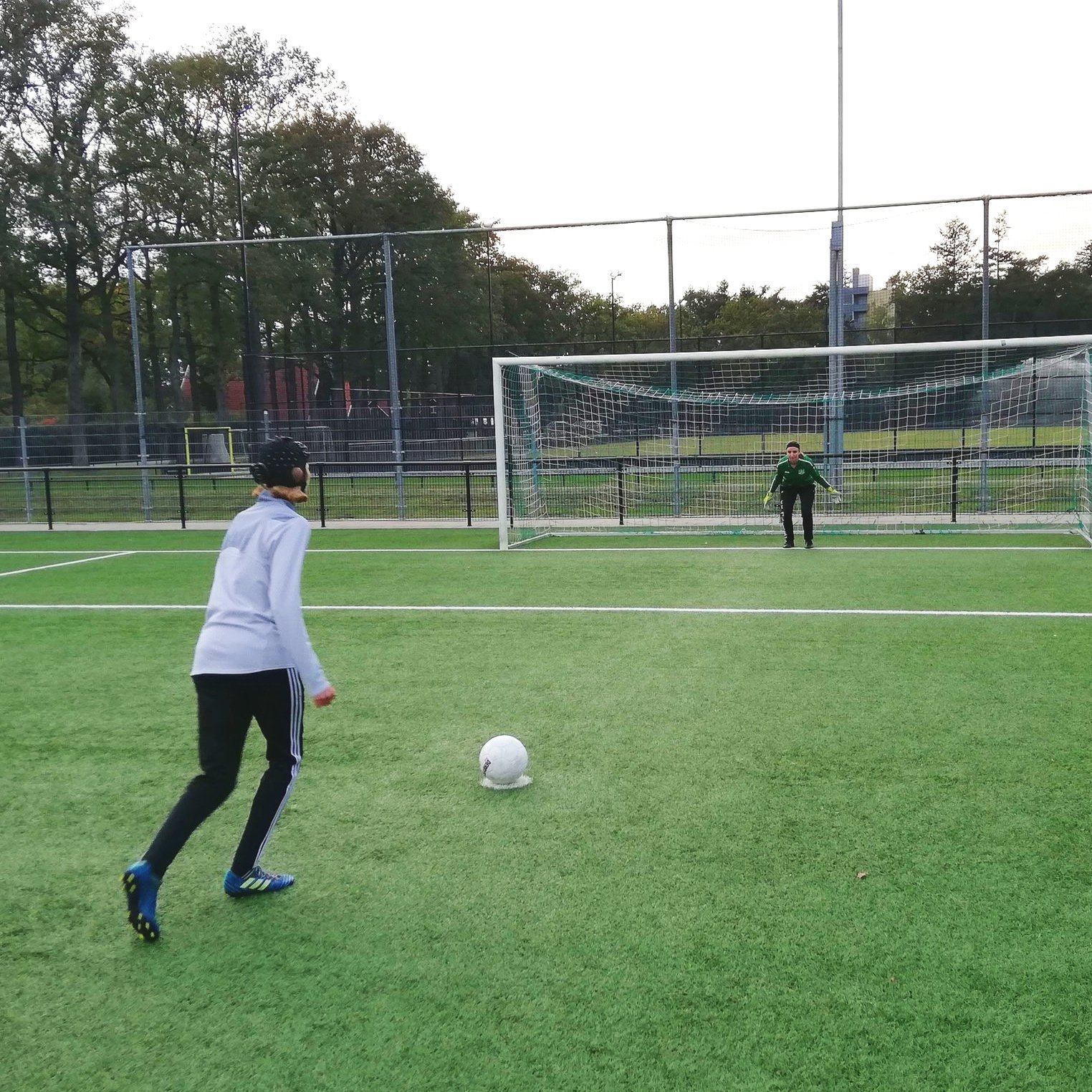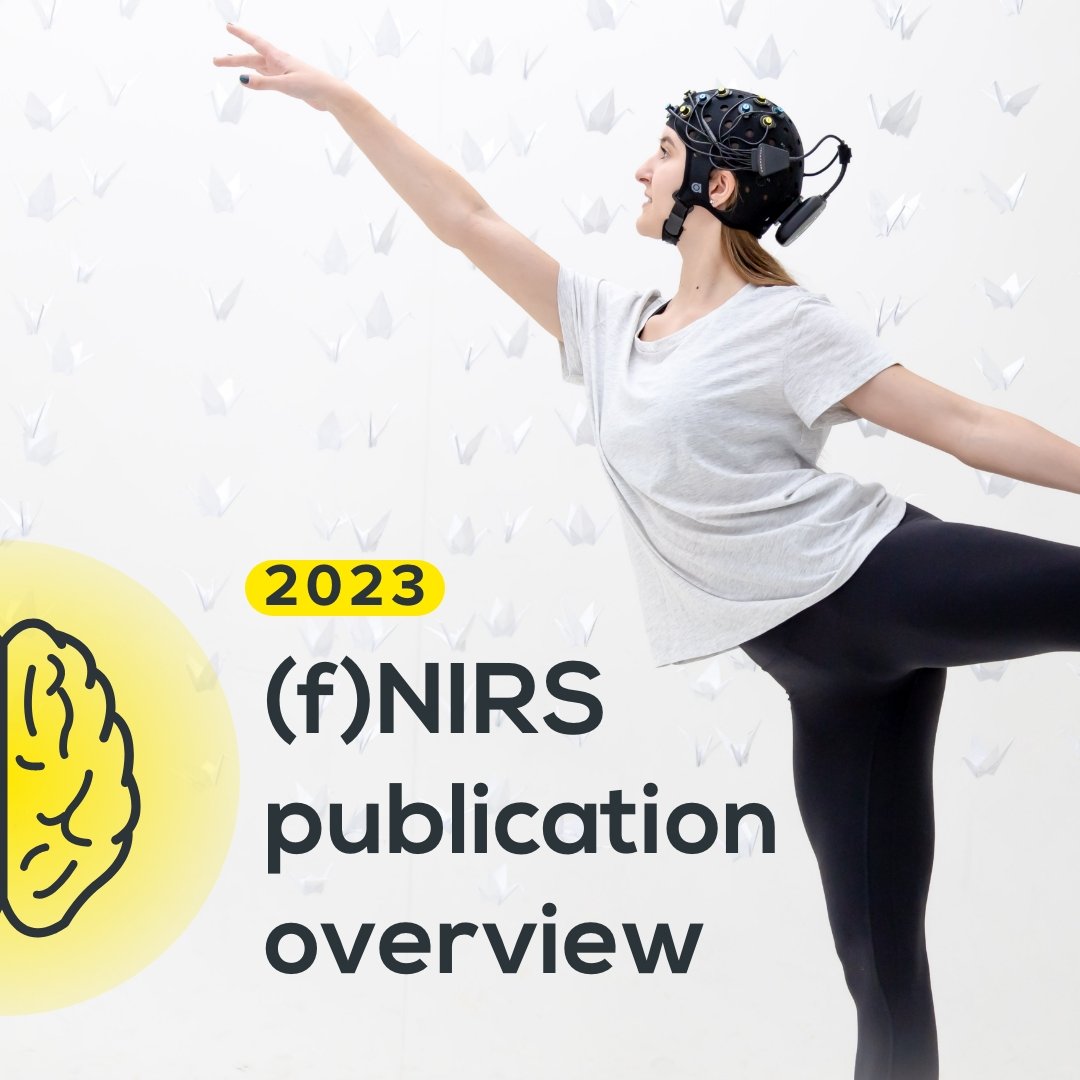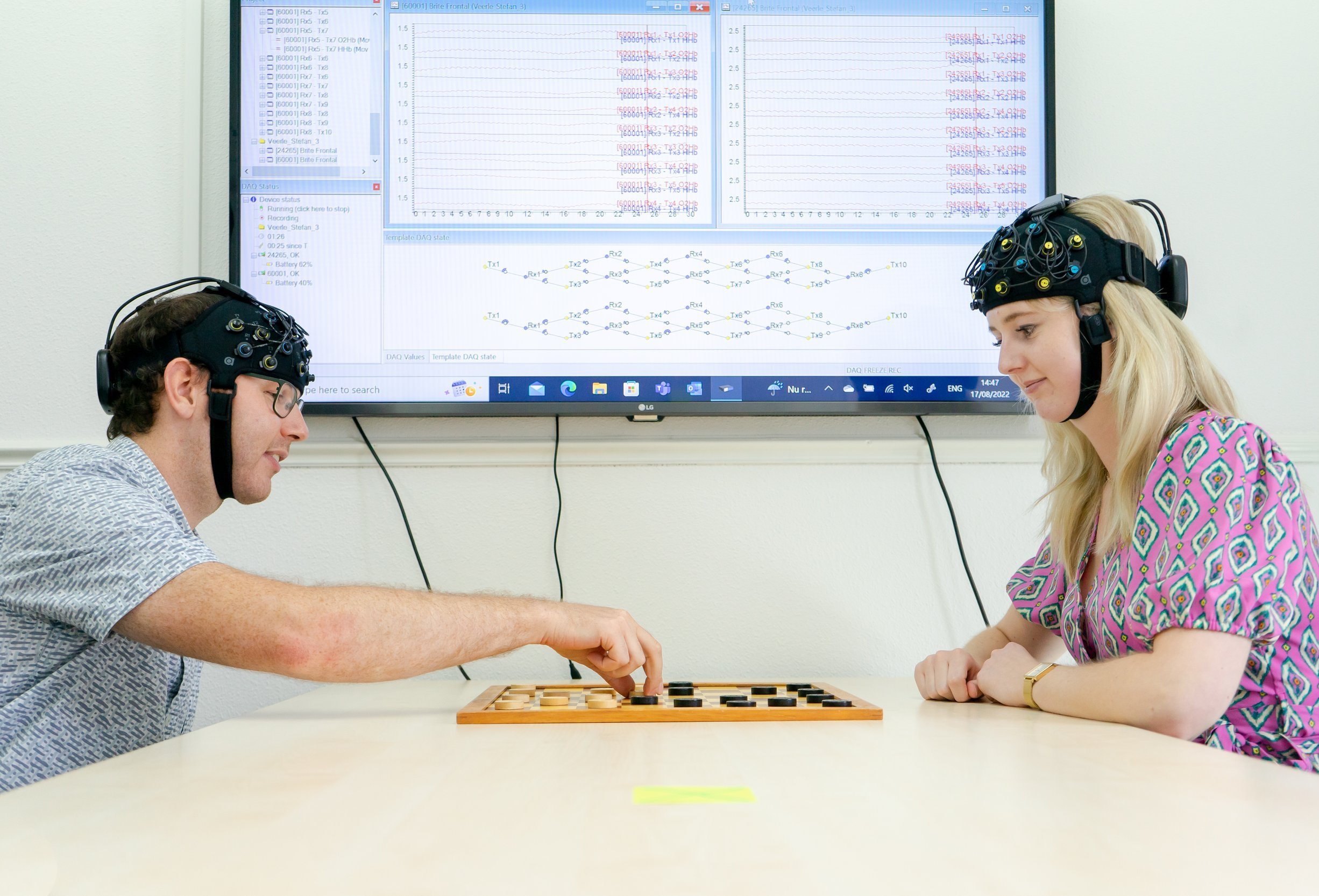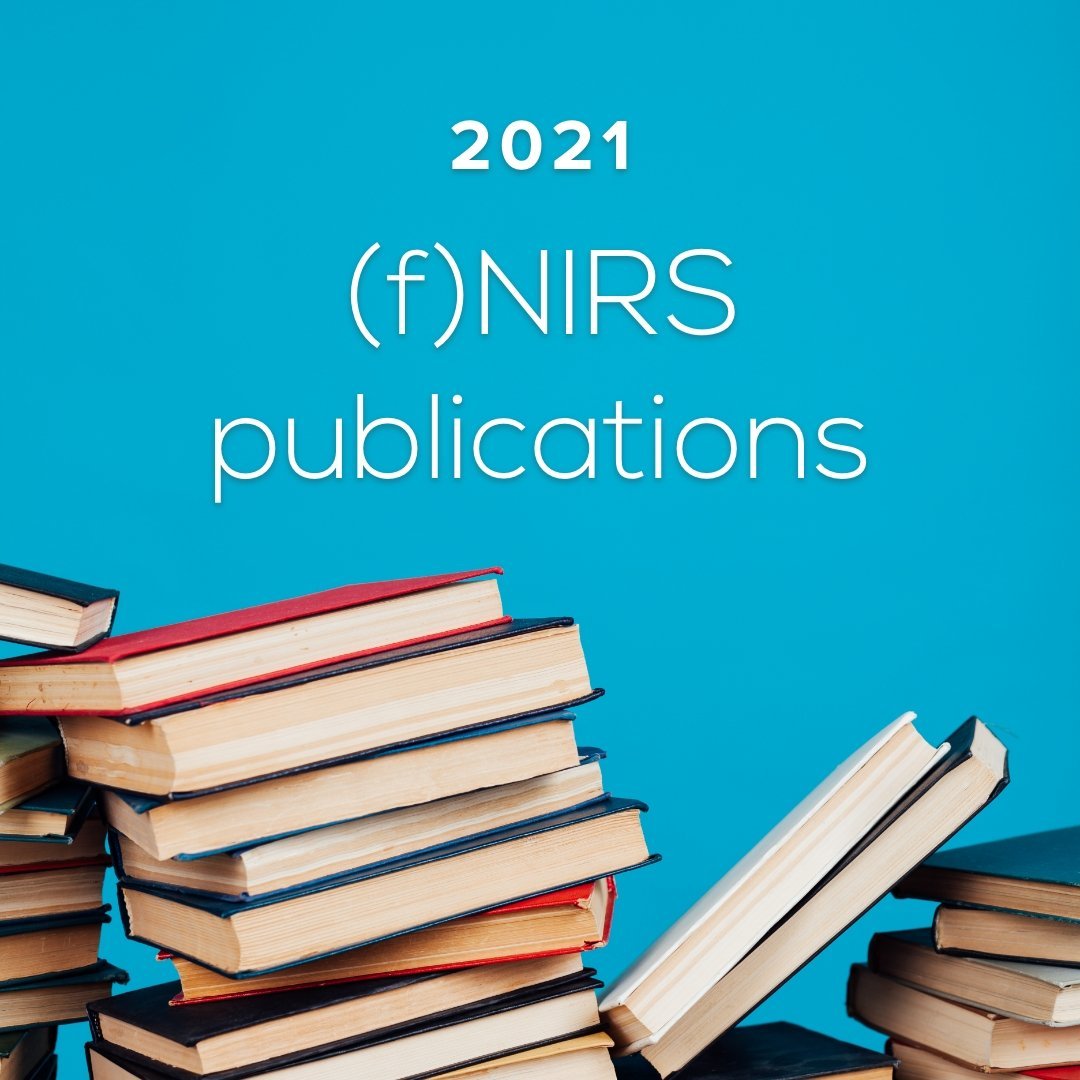Using fNIRS to measure brain activity on the field during penalty kicks – a video interview with Max Slutter
In this blog post, we are excited to share our new video interview with Max Slutter, who conducted a study using the Brite on the football field and shared his insights on applying fNIRS outside of a typical lab setting.
Functional Near-Infrared Spectroscopy (fNIRS) is a non-invasive method of measuring cortical brain activation and offering a wide range of potential applications, from neuroscience and psychology to sports science.
In recent years, technical developments in fNIRS devices have focused on increasing their portability, which has further enhanced the potential for using fNIRS in a variety of settings outside of the lab. One such setting is performing fNIRS studies on the field, which allows researchers to study real-life situations.
Max Slutter and colleagues were among the first to conduct an fNIRS study on the field. In their paper “Exploring the Brain Activity Related to Missing Penalty Kicks: An fNIRS Study”, they examined the influence of the brain on missed penalty kicks due to psychological factors such as pressure and anxiety, using the Brite. Watch the video interview with Max Slutter to learn more about the importance, advantages, and challenges of conducting fNIRS studies on the field
The Brite is used to study brain activity related to missing penalty kicks in soccer.
“We would like to thank Max Slutter for taking his time to share his insights in this exciting research.”
About Max Slutter
Max Slutter is currently working as as researcher at the University of Twente in the Netherlands. He studied Creative Technology as a Minor and Interaction Technology as a Major, both at the University of Twente. In the framework of his master thesis, he performed research on brain activity of football players during penalty kicks, using fNIRS.












Our fNIRS devices offer a high sampling rate, enabling extraction of additional physiological parameters, including respiratory rate (RR). These parameters can provide important additional information that can be used as adjunction to cerebral activity measures. In this blogpost, the possibility of RR estimation from fNIRS in a resting state is discussed in the form of a case study.